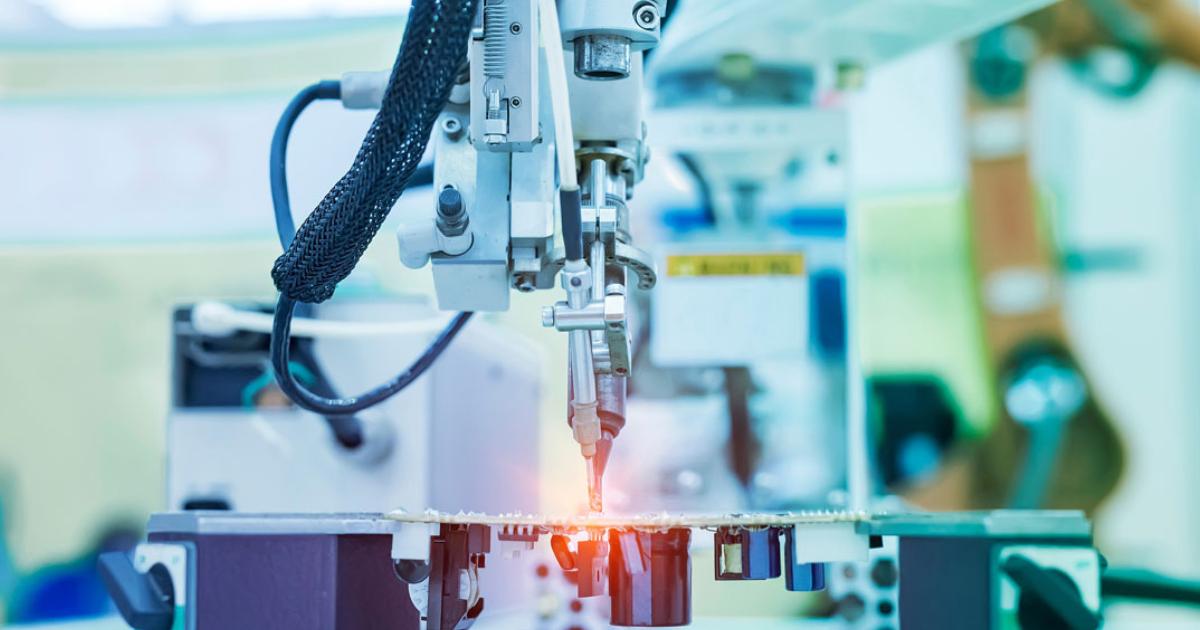
If someone were to ask what the most important part of their favorite electronic device is, they are likely to point to the printed circuit board (PCB) responsible for making the device work before moving on to other components. From large motherboards to tiny chips, most of the technology that retail consumers take for granted comes down to a properly installed and calibrated PCB.
While there are a great deal of steps in the PCB assembly process, and each is extreme importance, one stands out among all the others as being the most critical for ensuring lasting success. Incorporating surface-mounted devices (SMDs) onto PCBS is the most critical part of a building a quality electronics product, and for good reason.
One of the most popular and reliable ways to attach SMDs to boards is using a process called solder paste printing. Essentially, a screen printing device uses a stencil of the finished boards components to apply solder paste to the board with extreme precision.
Solder paste is exactly what it sounds like – a blended mix of flux medium and graded particles of solder powder. It serves as the attachment medium between the device's interconnection sites and the PCB itself.
After a PCB has solder paste accurately layered over it, PCB assemblers can reflow the solder paste – melt it at a specific temperature – to form a tight, conductive bond.
In many ways, this process is similar to screen printing graphics or designs onto textiles. The main difference is the level of precision required – both the amount and consistency of the solder paste must adhere to strictly observed standards in order to create a durable bond.
There are many challenges to consistently solder paste printing PCBs. Less-than-professional PCB assembly companies will often introduce errors during this delicate process – especially when rushing to complete large orders with tight deadlines.
In order for the process to be successful, PCB assemblers must respect several principles:
By paying close attention the solder paste printing process, you can accurately gauge just how capable a PCB assembly company truly is. Think of this process as the tell-tale sign of a professional approach.
For more information, visit www.greencircuits.com.